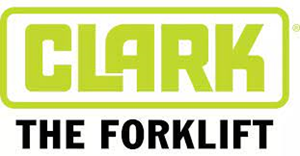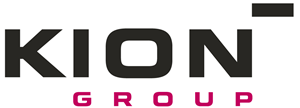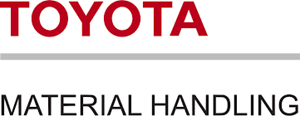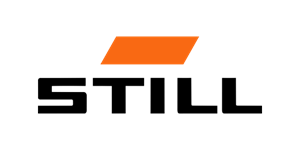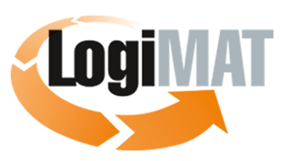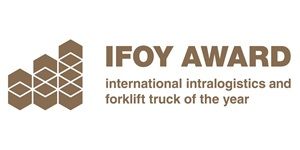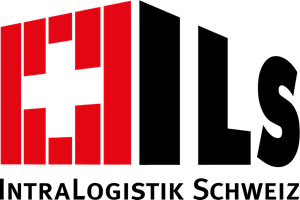WWW.LOGISTICSINNOVATION.ORG

The online magazine for Switzerland, the EU and the rest of the world

The fire is left without air
October 8, 2025
The fire protection specialists of the Wagner Group have been honored with the "GIT Safety Award 2026" for their "OxyReduct F-Line." The system expands the OxyReduct process with H2- based fuel cell technology, which simultaneously ensures emission-free energy supply.

Temperature-controlled at the motorway junction
October 7, 2025
Movianto, a logistics service provider specializing in pharmaceuticals and healthcare, is setting up a new cold storage facility in Wiesloch-Walldorf this month. A photovoltaic system there produces approximately 3,100 MWh per year, more electricity than the site consumes.

Fusion reactor in creep mode
October 7, 2025
Despite all the political turmoil currently shaking the world, work on the ITER fusion reactor, in which countless nations are involved, continues – much like on the ISS. Recently, another of the 15-meter-high segments for the future plasma chamber was delivered by heavy-duty transport.

Nonstop strapping
October 6, 2025
Mosca offers a comprehensive portfolio of integrated end-of-line systems for transport packaging, strapping machines, stretch wrappers, and associated consumables. Strapping made from materials such as PP and PET is produced with increasing recycled content.

Dynamic open-plan area
October 6, 2025
Relocations often involve considerable effort. Furniture needs to be transported, boxes packed, and unwanted items disposed of. The company " Optimal Umzug " from Lachen, Canton of Schwyz, offers services tailored to the greater Zurich area.

Optio L-Series updated
October 6, 2025
Developed with the user in mind, the completely redesigned generation of low-level order pickers in the Optio L series from TMHE sets new standards. Increased platform lifting heights, low entry, and versatile model variants for loads up to 2.5 t make these devices highly sought-after helpers.
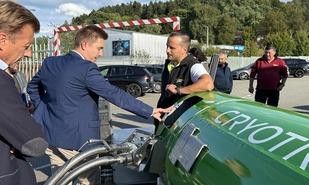
Cold chain in transition: Ambitious goals
October 2, 2025
Temperature-controlled logistics is facing an energy revolution: battery-electric trucks, long-range hydrogen vehicles, and cryogenic cooling with nitrogen are transforming the industry. Enough "material" for the SVTL to discuss future processes and alternatives at Galliker in Altishofen.
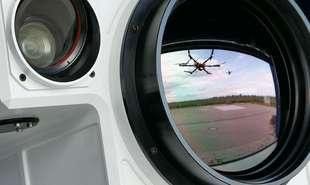
DLR expands drone defense
October 2, 2025
While Russian drones have long been surveying German bases and critical infrastructures as potential targets for their “ asymmetric warfare ” a project called CUSTODIAN (Counter-UAS Technologies for Detection, Interception and Neutralization) is now slowly gaining momentum at the DLR.
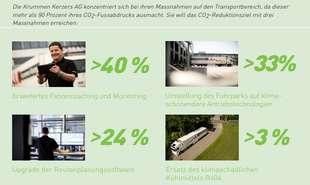
ASTAG and GS1 to go green together
October 1, 2025
The Swiss Commercial Vehicle Association and GS1 Switzerland are merging their "Lean & Green" and "We go green!" initiatives. Both ASTAG and GS1 are embracing sustainability as a triad of economy, society, and the environment.
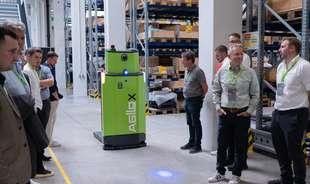
Interoperability proven
October 1, 2025
At an " Automation Day " hosted by Agilox, insights into the current status and future direction of the robotics provider were provided, rounded off by workflows that – modeled on real practical processes – demonstrated interoperability with the AMRs together with a Fanuc robot arm and a Palomat.
Paradigm shift made in the USA
WAGNER Switzerland AG
Paradigm shift made in the USA
May 5, 2023
Life is a construction site—just like many of the logistics projects that Witron CEO Helmut Prieschenk is visiting these days to learn more about, among other things, "sustainability made in the USA." Why the topic is facing a paradigm shift—and why seemingly incompatible things aren't actually contradictory.
"Consumers are demanding real action from retailers—not just greenwashing—and government programs offer large sums of money when it comes to energy efficiency and sustainability," Prieschenk says of the US situation. "Even there, space for logistics properties is becoming scarce. Brownfield projects are becoming increasingly important," Prieschenk says.
True to the motto "Use your assets," the German automation provider can also provide excellent assistance here with its solutions. (...) "In Europe, numerous projects have already proven that the integration of new technology into an existing building can be successfully implemented, even during ongoing operations."
H.Prieschenk
"Regeneration is currently the buzzword in Canada and the USA," explains Prieschenk. What does that mean for Witron? They need to move away from the repair mentality, say the Upper Palatinate-based company. Problems shouldn't be solved in the distribution center, but rather where they arise. The idea: In addition to IE4 motors (latest-generation asynchronous electric motors), energy recovery at the distribution center, and PV systems, the goal is to avoid unnecessary movements in the logistics center. "We need to redefine efficiency in our planning with the customer. On the one hand, this naturally concerns the distribution center and the number of pallets and customer orders handled daily. In addition, issues such as the level of service for branch stores and end customers, as well as profitability, are top priorities. That's our obligation. In the future, however, we'll have to think much further. The challenge will be to link performance data with consumption." That's why Witron employees analyze performance and energy data during the planning, implementation, and operation phases. Prieschenk is convinced: "We have to ask ourselves questions, such as whether it makes sense to move less inventory through the supply chain. Productivity is the key word." This point is understandably very important to retailers and branch operators. "Stock out" is a crucial topic in the industry. But in the future, we will have the confidence to operate a logistics center with fewer buffers and more knowledge gained from data, to build even more efficient warehouses, avoid food waste, and save energy – and we must question business models that don't work economically, socially, and ecologically. Instead of ESG, it must be ESB (Environmental, Social, and Business). Only then will we be successful – together with our customers." The CEO is certain: "In the future, in our press releases, alongside the performance data of machines and distribution centers, we will naturally write about the CO2 emissions per package or the energy balance of the facility."
Photos: Witron
This requires efforts from Witron, the customer, and the supply chain. "Our on-site teams in the logistics centers are familiar with the systems and processes. If, for example, they notice that a supplier has unnecessary outer packaging, we immediately seek dialogue with them. Or we have cases where suppliers insert slipsheets into pallets when they aren't actually needed." Witron says that you have to actively search for efficiency gains down to the last detail. This is often laborious, but also very successful. "Optimization potential often exists in the ordering behavior of stores or end consumers, in route planning, or in truck utilization."
The engineers at Witron are convinced that the logistics center is like an electric car. The customer can constantly run the warehouse at peak performance and put the machines under pressure. But does that really make sense in the overall context? "The electric motor in a car is incredibly efficient – as are our systems. And we can quickly accelerate processes when necessary. But just as you have to learn to drive an electric car, you have to learn to drive a logistics center in an economical and consumer-oriented way, while still dimensioning and operating it ecologically. For this, we need the customer, the data, the supplier, as well as the stores and the consumers."
"And," adds Prieschenk, "we have to plan precisely which route we're traveling. For logistics, this means where and in what profile do the demands arise, how do we respond to them, and what can we predict?"
At the same time, demands on supply chains are increasing. Witron only produces in Germany – the new factory was built underground to save space, and the rooftop PV system delivers 2.5 MW. "We have to maintain high quality and ensure that our machines and systems are easy to clean. That may not sound like a unique selling point, but it's incredibly important, because our customers want to operate the system for 30 to 40 years. That's truly sustainable." And wouldn't even more be possible with 2.5 MW? "Of course, but we have to ask ourselves, do we really need it? The PV modules also have to be produced. We finally have to consider the demand side of energy, not always just the supply."
